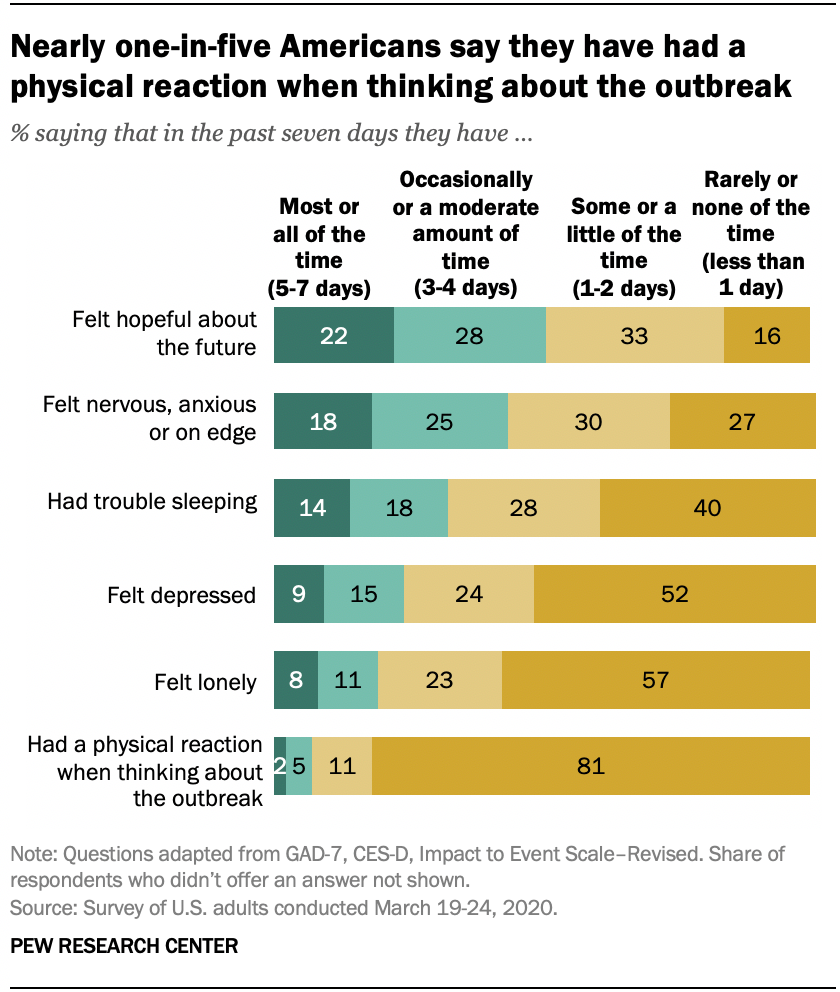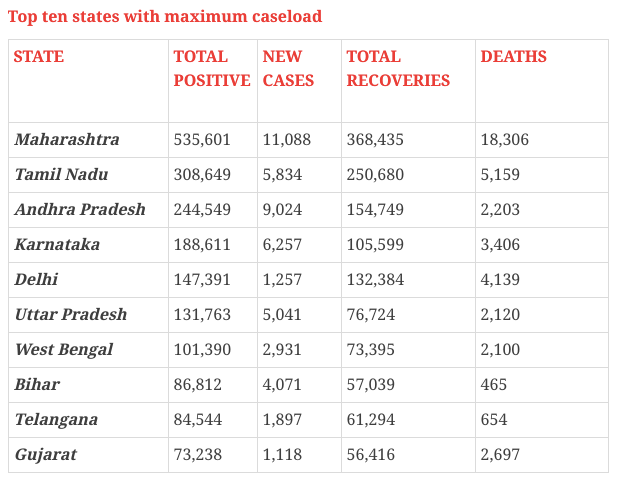

SARS-CoV-2 lineages with similar characteristics may affect how fast the virus spreads, the severity of illness it causes, or the effectiveness of treatments against it some of these may be classified by the World Health Organization (WHO) or the U.S. All lineages have names to help scientists talk about them. The SARS-CoV-2 virus can be mapped out similar to a family tree. The Omicron variant, which emerged in November 2021, has many lineages. CDC coordinates collaborative partnerships which continue to fuel the largest viral genomic sequencing effort to date. As genetic changes happen over time, the virus that causes COVID-19 begins to form genetic lineages. 6, 2023 Print What You Need to Know New variants of SARS-CoV-2, the virus that causes COVID-19, will continue to occur. National provisional counts include deaths occurring within the 50 states and the District of Columbia that have been received and coded as of the date specified.

What You Need to Know About Variants | View Transcript Īs a virus spreads, it has a chance to change. The provisional counts for coronavirus disease (COVID-19) are based on a current flow of death data submitted to the National Vital Statistics System. 2020 State Population Estimates by 18 age groups, sex, and 6 combined race. Those variants must be monitored more carefully. The department will issue its final COVID-19 data report for the 2022 - 2023. Some variations allow the virus to spread more easily or make it resistant to treatments or vaccines. These small differences, or variants, have been studied and identified since the beginning of the pandemic.

By comparing the branches, scientists can label them according to the differences. The Northeast region had the lowest rate, with Vermont as the state with the fewest estimated infections.If you think about a virus like a tree growing and branching out, each branch on the tree is slightly different than the others. States sometimes revise case numbers but don't provide historical data, causing our charts to display negative numbers. Iowa with a 90.6% infection-induced seroprevalence, had the highest rate of the 47 states and the District of Columbia included in the study. In the United States, there were 433 newly reported COVID-19 cases and 0 newly reported COVID-19 deaths on May 29, 2023. The Midwest region had the highest estimated infections. What is there to debate? What regions had the highest seroprevalence? Opinion: Sorry RFK Jr.: COVID vaccines work. Name Confirmed Per Million Deceased Per Million Tests Active Recovered Per Million Vaccinated. The non-Hispanic Black and white populations were roughly equal at 77.4% and 77.7%, respectively. The population 65 and over had the lowest rate at just 56.5%.Īmong the races and ethnicities identified in the study, the Hispanic population had the highest rate of infection-induced seroprevalence at 80.6%, and the Asian population had the lowest at 66.1%. Reported (Current projection) Reported (80 mask use) Reported (Global antivirals) All deaths specific to COVID-19 patients. Millennials and Gen Z had higher rates of antibodies from infections, with rates of 87.1% and 84.4% for age groups 16-29 and 30-49, respectively. What demographics had the highest infection-induced seroprevalence?īy the end of 2022, men showed a slightly higher rate of infection than women, with a 3.6% difference in infection-induced seroprevalence. Workplace: Americans are working fewer hours than before COVID. The study estimates the country reached an overall seroprevalence rate of 96.7% − counting infections and vaccinations − by the end of 2022. 15, 2022, per the CDC. That number increased to an estimated 58.7% by May and 70.2% by August, before eclipsing 75% by the end of the year.Īntibodies can appear in people who have had prior infection or vaccination, the CDC notes. Seroprevalence grew significantly in 2022, with an estimated 48.8% of blood donors having infection-induced antibodies as of Feb.

This number varies sharply from the number of reported COVID-19 cases, which stood at 30 cases for every 100 people at the end of 2022, per the CDC. New federal data from testing roughly 143,000 blood donors nationwide found that 77.5% of surveyed individuals had seroprevalence, or COVID-19 antibodies, from infection before the start of 2023. We strive to keep the website ad-free and all the stats updated in near real-time. More than three in four Americans over the age of 16 had contracted COVID-19 by the end of 2022, according to estimates from the Centers for Disease Control and Prevention.


 0 kommentar(er)
0 kommentar(er)
